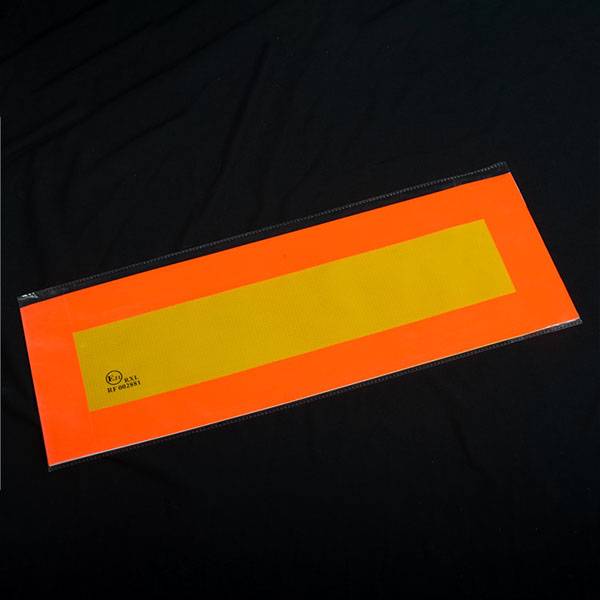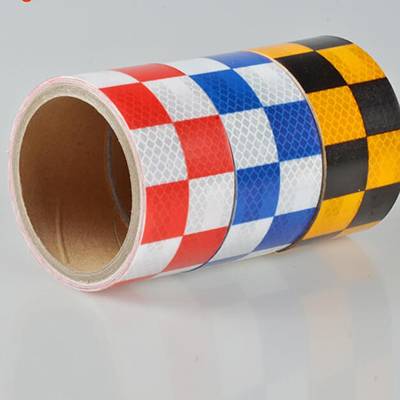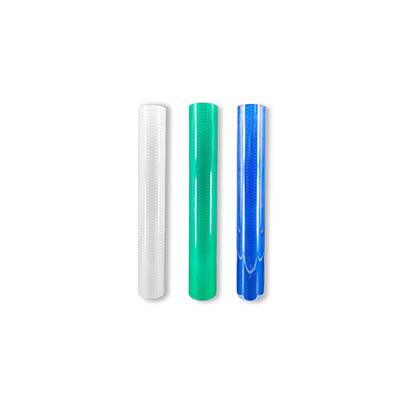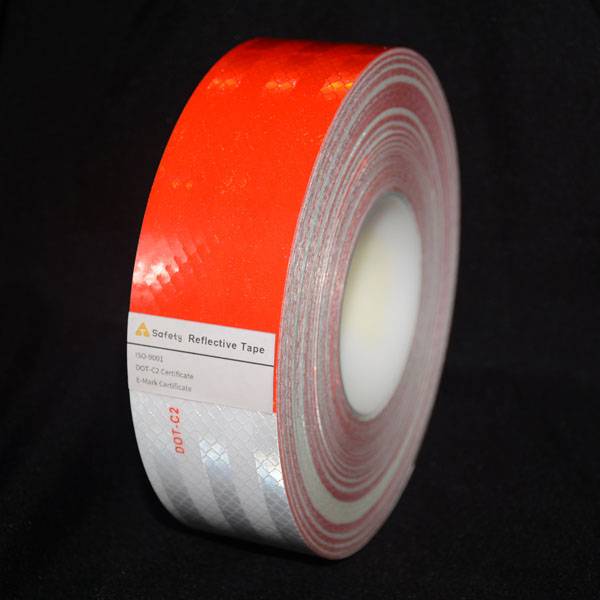OEM Customized Custom Reflective Vinyl Stickers - The Iron-On (Heat Transfer | Hot Press) Silver/Grey Color Home Wash Retro-Reflective Tape – XINLIYUAN
OEM Customized Custom Reflective Vinyl Stickers - The Iron-On (Heat Transfer | Hot Press) Silver/Grey Color Home Wash Retro-Reflective Tape – XINLIYUAN Detail:
| Product | A3020 |
|---|---|
| Material | 100% Polyester |
| Colour | Silver |
| Finish | None |
| Industrial wash | None |
| Roll, Length | 100 meters |
| Roll, Weight | 1.82 kgs |
| Roll, Width | 50mm |
| Box, Volume | 0,0216 CBM |
| Rolls per Box | 10 rolls |
| Box, Weight (Netto) | 18.5 kgs |
| Box, Weight (Brutto) | 19.5 kgs |
| Meters per Box | 1000 meters |
| Certifications | EN 20471 |
| Reflectivity, R | 500 cd/m² |
| Wash Performance | 50×60°C |
| HS code (NCM code) | 5907009000 |
Product Application Guideline
We recommend that all customers, in accordance with good manufacturing practices, establish an ongoing quality system which includes maintaining lot/roll identification throughout the garment production process.
Customer should also store input materials and final products in accordance with manufacturer recommendations, as well as implement continuous testing throughout their production and on their finished garments that reflects their garment needs.
Cutting and Plotting
Die-cutting is recommended, although it can also be hand-cut or guillotined.
Note: Use very sharp cutting knives only and cut from the ADHESIVE side.
Most of AT SAFETY Reflective Material – Heat Transfer Reflective Film could be applicable to Knite/Blade Plotter or Laser Plotter for images/letters/logos cutting.
Please read the article regarding to the guidelines of cutting/plotting.
REMARK: Choose the recommended items of AT SAFETY Reflective Material – Heat Transfer Reflective Film for plotter cutting. Some items are NOT recommended for plotter cutting.
Printing
Prior to printing, heat transfer reflective film should be properly laminated on textile fabric, other other substrates, removing the PET film on the top of reflective side, wiping the surface with a soft cloth lightly dampened with isopropyl alcohol may help ink adhesion.
Printed areas will not be retro-reflective.
- Screen Printing - Images may be printed on the surface of AT SAFETY Reflective Material – Heat Transfer Reflective Film (after removing the PET film from reflective side). All inks should be continuously tested to ensure acceptable adhesion in the event of change occurring in the manufacturing process or composition of the ink. Prior to printing, wiping the surface with a soft cloth lightly dampened with isopropyl alcohol may help ink adhesion. Printed areas will not be retro-reflective.
- Sublimation Printing - This printing method is applicable to AT SAFETY Reflective Material – Heat Transfer Reflective Film (after removing the PET film from reflective side)
IMPORTANT
- Images may be printed on the surface of reflective material – heat transfer reflective film. All inks should be continuously tested to ensure acceptable adhesion in the event of changes occurring in the manufacturing process or composition of the ink.
- Test each application according to appropriate care instructions required for the finished product.
- Actual life of AT SAFETY Reflective Material depends on cleaning methods and wear conditions.
Heat Transfer (Heat Lamination) Guidelines
Handling Precautions
- AT SAFETY Reflective Material – Heat Transfer Reflective Film/Tape contains an aluminum layer as part of their construction. Blemishing of this aluminum layer can occur if the PET film carrier is removed and the front surface of the product has direct contact from hands during application and is then exposed to hot and humid conditions, greater than 26.7 oC (80 oF) and greater than 70% relative humidity, for a period of weeks. These blemishes do not affect performance of the product.
- AT SAFETY Reflective Material – Heat Transfer Reflective Film/Tape may not be compatible with some polyvinyl chloride (PVC, vinyl) film, especially those containing phosphate plasticizers. It is possible that some plasticizers may be able to migrate into the reflective material, making the reflective surface soft and sticky. We recommend that substrates always tested prior to production to ensure that they meet your specific needs.
- Fabric finished with dyes containing sulfur compounds should not be used with AT SAFETY Reflective Material – ISilver (Gray) Reflective Heat Transfer Film/Tape. Exposure to sulfur compounds in dyes or in the environment will darken the retro-reflective material and may effect retro-reflectivity.
Prepare For Heat Transfer (Heat Lamination)
AT SAFETY Reflective Material - Heat Transfer Reflective Film/Tapes are recommended to follow below info to set up the settings on laminating equipments
- Lamination Temperature: 130-150 oC / 130-150 oC
- Dwell Time (seconds): 10-20
- Line Pressure Firm: 30-40 psi
Above settings should be adjusted according to the pre-production testing results.
We also recommend below operations for mass production.
- Work on a flat surface where uniform heat and pressure can be applied. Avoid applying film over seams and stitches.
- Remove adhesive side line (if that product has one), exposing dry adhesive. Do not remove reflective side liner.
- Place AT SAFETY Reflective Material – Heat Transfer Reflective Film on substrate with the adhesive side down and apply heat and pressure as described in the table below. Place a non-stick slip sheet between the platen and laminating surface to prevent any excess adhesive transfer contamination.
- Allow application to cool to room temperature before removing the liner covering the reflective side (if that product has one). Place application on a flat surface and remove the liner by lifting one corner and pulling (about 45o angle) in a continuous, smooth manner.
Additional Precautions for Heat Lamination
- 1- Do not exceed lamination temperature listed above as the PET liner may be melt and become difficult to remove. If high temperatures are required for bond durability, follow lamination steps 1-3 using recommended temperature, remove PET liner, and then laminate again at the higher temperature (using a non-stick slip sheet to protect reflective surface).
- 2- The lamination temperature, time and pressure listed above should be used as a guide. Each substrate and reflective film combination should be tested to determine the best set of conditions that will meet customer requirements.
- 3- Other lamination method, such as roll to roll, heat fusing and HF welding may also be used. The proper temperature, time and pressure conditions must be tested for each fabric to assure adequate adhesion and physical performance.
- 4- Many fabric can be used as lamination substrate; however, some substrate such as nylons and fabrics treated with a durable water repellent (DWR) finish are difficult to adhere to.
- AT SAFETY Reflective Material – Reflective Fabric is recommended for sewing on these fabric. If AT SAFETY Reflective Material – Transfer Film is desired, then continuous testing should be done to ensure acceptable adhesion is maintained as input materials may vary.
- 5- The reflective surface of AT SAFETY Reflective Material can be difficult to adhere to and caution is required when applying other material to it. If you are laminating a AT SAFETY Reflective Material – Transfer Film to the surface of other AT SAFETY Reflective Material, then testing is recommended to ensure the adhesion meets the customer?s specifications. It?s also recommended that continuous testing should be done to ensure acceptable is maintained throughout the manufacturing process.
Home Wash (Domestic Laundry) Guidelines
A colored clothing wash program without pre-wash should be used. Follow below recommendation could maintain the duability of retro-reflectivity to its maxium lifespan.
Recommendation:
- Detergent: Brand powdered household detergents should be used.
- Refer to the detergent manufacturer?s recommendations for dosage in areas of high water hardness and for various degrees of garment soiling.
- Wash temperature range: 15°C to 60°C
- Some items could be extended to be home-washed with a wider range of washing temperature than above.
- Some items could be applicable to wash temperature ranging from 0°C to 90°C for those garment requiring harsher cleaning. Read the physical performance of each reflective tape for the details.
- Max. Wash time at highest wash temperature: 12 minutes
- Max. Program time: 50 minutes
- Use of temperatures lower than 60°C will increase the lifetime of the reflective material.
- Actual lifetime will be dependent upon the detergent system and list dosage level.
- Load factor higher than 65% might lead to enhanced abrasion of the retro-reflective material
Drying Conditions
Tumble Dry: Tumble drying should be performed in a commercially available household dryer
Air Drying: Line drying is recommended where possible.
Hang-Up Drying: on line or rack
Tumble drying and tunnel/air drying are both recommended and applicable to this series of retro-reflective tape. Follow below recommendation will prolong the durability of product.
-
- Using the medium dry setting.
- Exhaust temperature should not exceed 90°C.
- Do not overdry.
Dry Cleaning Conditions
Cleaning process should be based on a pre- and main-bath only.
For P it is recommended to only use pure perchloroethylene.
Adjust load and solvent level to give a moderate mechanical action.
- Max. solvent temperature: 30°C
- Recommended drying temperature: 48°C
Care and Maintenance Instructions
Washing/cleaning conditions harsher than those recommended below could significantly diminish the brilliance of the retro-reflective performance and shorten the product?s lifetime. Therefore, the instructions must be strictly followed.
- No pre-soaking.
- No application of high alkaline products (e.g. heavy duty products or stain removal products).
- No application of solvent detergents or micro-emulsions.
- No additional bleaches.
- Do not over-dry. Reflective material temperature should not exceed 90°C at any time during drying.
Special Cleaning Instructions
- For application on rainwear, a regular fluorocarbon treatment of the garment is recommended.
- Chemical splashes should be removed with a soft, dry cloth. Cleaning the garment the same day is recommended.
- Splashes of strong acids or alkalis should immediately be neutralized with plenty of water.
- Contamination with toxic or poisonous substances or biocontamination will require the application of a specific decontamination process.
- Application of high alkaline products, high pH-products, bleaches etc. is not recommended.
- Do not over-dry. The temperature of the material should not exceed 90°C at any time during drying.
Don’t Use Additional Bleach
- No chlorine bleach.
- No bleaches on oxygenic basis (e.g. sodium perborate bleaches).
- Do not store a wash batch even in a low concentration of bleach.
AT SAFETY Reflective Material – Reflective Heat Transfer Film/Tape should be properly transferred to clothing, and bonding with clothing strongly. Improperly application handling may result in heat transfer film/tape falling away from clothing during daily use or cleaning procedure, especially in industrial wash cleaning operation.
We recommend that all customers, in accordance with good manufacturing practices, establish an ongoing quality system which includes maintaining lot/roll identification throughout the garment production process. Customer should also store input materials and final products in accordance with manufacturer ecommendations, as well as implement continuous testing throughout their production and on their finished garments that reflects their garment needs.
For lamination operations, customers should periodically check their equipment to ensure that the temperature set point matches the platen or roll temperature and that the temperature is uniform across the lamination area.
Heat Transfer Reflective Film Cutting Guidelines
What is Electronic Cutting?
Electronic cutting is used to describe the cutting of a film by computer-driven knives. While we are able to give guidelines, we are not able to provide specific conditions as they will vary with machines, graphics, and substrates being used. It is important that you experiment with your equipment to determine its optimal settings.
AT SAFETY Reflective Material - Cuttable Heat Transfer Reflective Film was specifically designed for use in electronic cutting. The reflective film consists of exposed high performance glass lenses bonded to a durable polymer layer, which is coated with a heat-activated adhesive.
Graphic Software
In addition to the design software that comes with the cutter, Adobe Illustrator and Corel DRAW are programs that can be used to design complex graphics or logos, such as the examples below.
Design Factors
A well designed graphic will reduce the time required to weed a logo. Since this is a transfer film, all graphics must be cut as a reverse (mirror) image. Before designing a graphic for electronic cutting, consider these factors:
- Cutting capabilities of equipment
- Font characteristics
- Substrates and fabrics to which the graphic is applied
- Rounded edges are preferred over sharp corners
- Minimize large areas where weeding is needed
- Although small letters can be cut, weeding requires more care when the letter height becomes less than 5.1mm (0.2 inch) and Helvetica medium font is used.
- Although fine lines can be cut, weeding requires more care if the line width is thinner than 3mm (0.12 inch)
- The numbers and size of letters and lines affect weeding efficiency
- The converter is responsible for testing and determining acceptable minimum dimensions
Types of Cutters
- Friction Fed Cutters: This is the most commonly used electronic cutter for our films. A two wheel drive system is used to move film in a variety of widths. The film is driven by being pinched between two wheels. The film in these cutters may slip, requiring more care to make accurate cuts or long runs.
- Flatbed Cutters: Flatbed cutters evolved from garment and box cutters and are common in the graphic sign industry. Typically vacuum is used to hold the film during the cutting. Some smaller cutters may require double coated tape to hold the film down. They cut very accurately since the film does not move. They are more expensive as compared to other cutters and do require a larger work area.
- Sprocket Fed/Pin Fed Cutter: Both edges of the film are punched with a hole pattern that match pins on the drive wheels of the cutter. These wheels traverse the film through the cutter. Our film is not supplied with punched edges.
Types of Knife Blades
There are several types of knife blades used in cutting standard electronically cuttable films. refer to the instruction manual for each cutter to determine the type of blade to be used. A single knife blade with an angle of 45°degrees is typically used on our material. It is important to keep the blade/knife sharp. Dull blades can create a serrated look on the edge of the cut film.
Cutting Depth
Proper cutting depth should result in the liner being lightly scored. Most cutters have a test plot feature to help determine this depth. Cutting too deep causes the liner to split increasing knife wear and potentially jamming the cutter. Cutting too lightly causes incomplete cutting of the film leading to difficulty in weeding. Changing cutting conditions (i.e. increasing knife pressure) may be required as the blade dulls.
Stacking of Graphics
The PET liner used in AT SAFETY - Cuttable Heat Transfer Reflective Transfer Film allows the weeded graphic to be stacked on top of each other for storage or shipping.
Applying Graphics to ANSI 107 or ANSI 207 High Visibility Apparel
When applying graphics to ANSI/ISEA 107 or ANSI/ISEA 207 high visibility safety apparel, please check to ensure that the amount of remaining background material still meets the area requirements of the apparel?s classification. Customers should also consider the area of remaining background material when applying graphics to apparel covered by other standards.
Weeding
Weeding is the removal of unwanted film from the graphic. Before weeding, inspect each element (letters, numerals, etc.) to determine which side has the most open cuts and start from that side. For example, on mirrored graphics, most letters have open area on the left side, so weed from left to right. Conversely, most numerals have open area on the right side so weed from right to left. Plan to weed based on these recommendations to reduce unnecessary waste:
- Inspect each element to determine that the film is cut completely before starting
- Place the graphic on a flat surface with the adhesive side up and remove the weed by lifting one corner and pulling back at about 135°angle in a continuous motion
- Start weeding from the side where the graphic elements have the most open cuts
- Weeding graphics in a diagonal motion, avoid blunt sides. For example, if weeding from the left to right, start at the upper left corner and weed toward the lower right corner. In many cases it is helpful to alternate this direction from lower right corner to upper right corner in repeating motions during the weeding process
- During the weeding process, if the clear adhesive film starts to separate from the colored polymer layer, reduce your weeding angle. The clear adhesive film will bond to the colored polymer layer during the heat lamination step and will not affect the product?s overall performance
Handling Precautions
AT SAFETY Reflective Material – Reflective Heat Transfer Film/Tape contains an aluminum layer as part of their construction. Blemishing of this aluminum layer can occur if surface of the product has direct contact from hands during application and is then exposed to hot and humid conditions, greater than 26.7 °C (80 °F) and greater than 70% relative humidity, for a period of weeks. These blemishes do not affect performance of the product. But potential blemishes should be carefully considered as an important risk in marketing of end-use products.
AT SAFETY Reflective Material – Reflective Heat Transfer Film/Tape contains an sand-feeling reflective layer which is composing of an eco-friendly heat activated adhesive. Chemical moisture, liquid, oil, or other chemical elements may lead to a series of chemical reactions for a certain period of time, then result in a series unexpected subsequence on the reflective layer. Any remains of chemical elements happen to direct contacting to surface of fabric should be cleaned immediately.
We recommend that all customers, in accordance with good manufacturing practices, establish an ongoing quality system which includes maintaining lot/roll identification throughout the garment production process.
Customer should also store input materials and final products in accordance with manufacturer recommendations, as well as implement continuous testing throughout their production and on their finished garments that reflects their garment needs.
For lamination operations, customers should periodically check their equipment to ensure that the temperature set point matches the platen or roll temperature and that the temperature is uniform across the lamination area.
Specific Safety Information
Various environmental factors, like line of sight, rain, fog, smoke, dust and visual noise can influence retroreflectivity.
- The reflective intentsity of retro-reflective tape can also be diminished in extreme weather conditions.
- Fog, mist, smoke and dust can scatter the light from headlights, the wearer must be aware that detection distance will be severely reduced.
- Visual noise (contrast variations in the visual field) decreases the contrast of the reflective material with the background and affects the visibility in low-light conditions.
Maintenance Misuse
- No harsh mechanical treatment, e.g. abrasion with wire brushes or sand paper.
- No uniform coating or spraying of oils, protective waxes, inks or paint.
- No application of products such as leather spray or shoe shine.
Product Storage
- Store in a cool, dry area and use within 1 year of receipt.
- Rolls should be stored in their original cartons, whilst partially used rolls should be returned to their carton or suspended horizontally from the core via a rod or pipe.
- Cut sheets should be stored flat.
Product detail pictures:
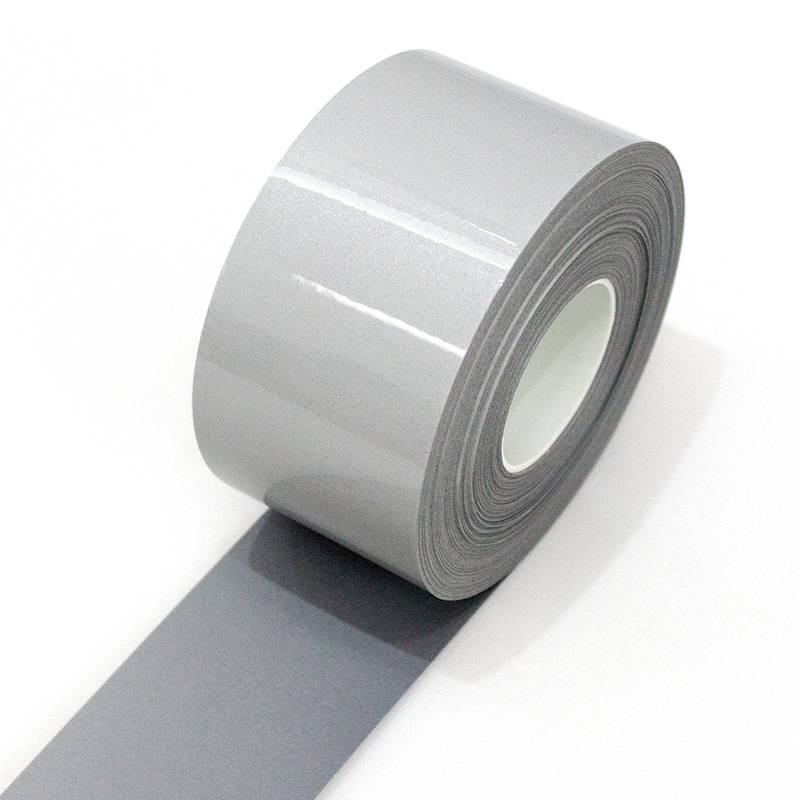
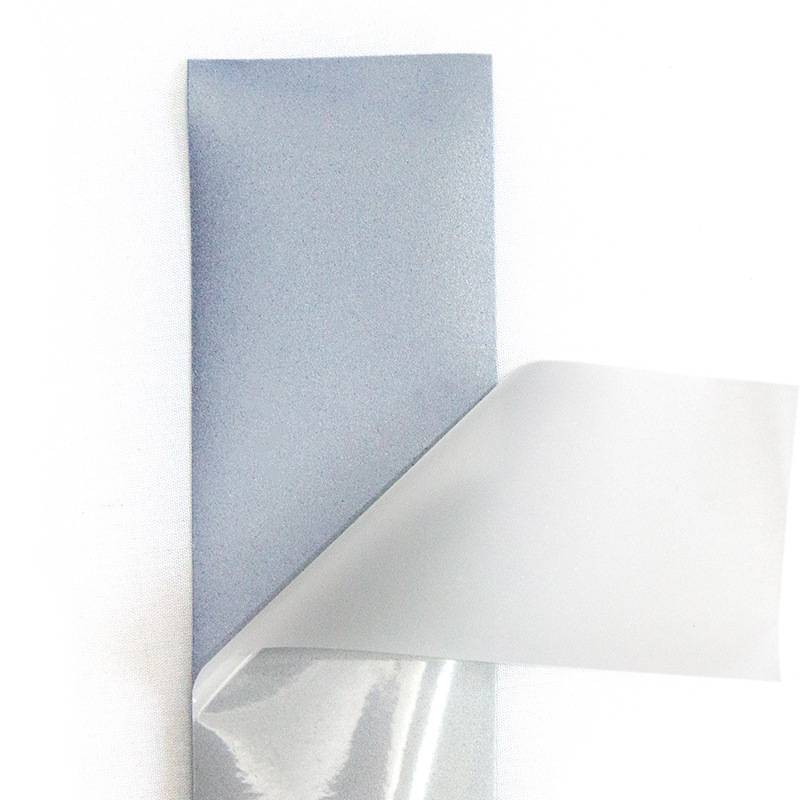
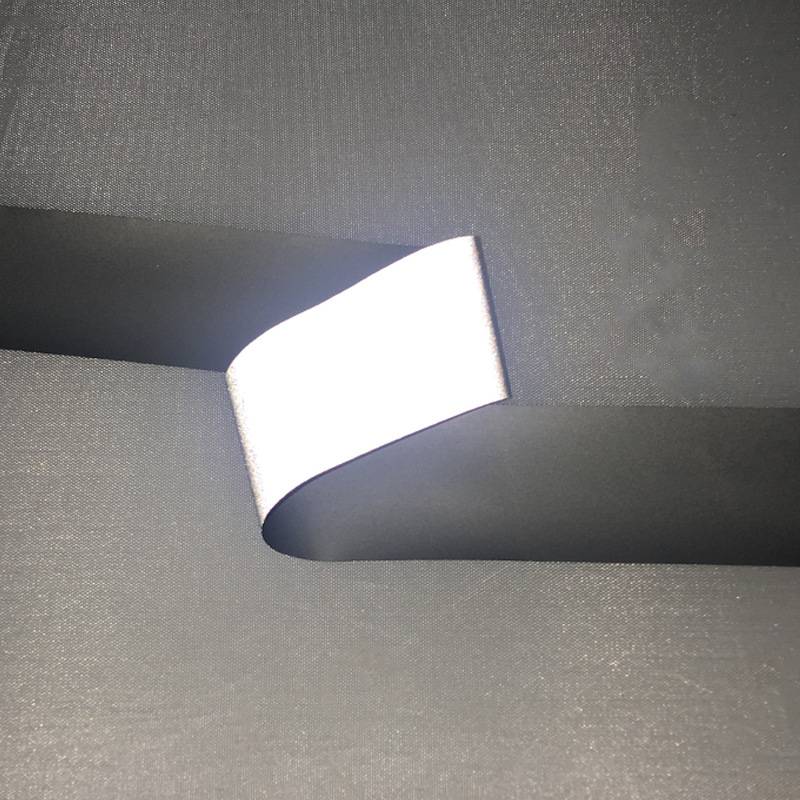
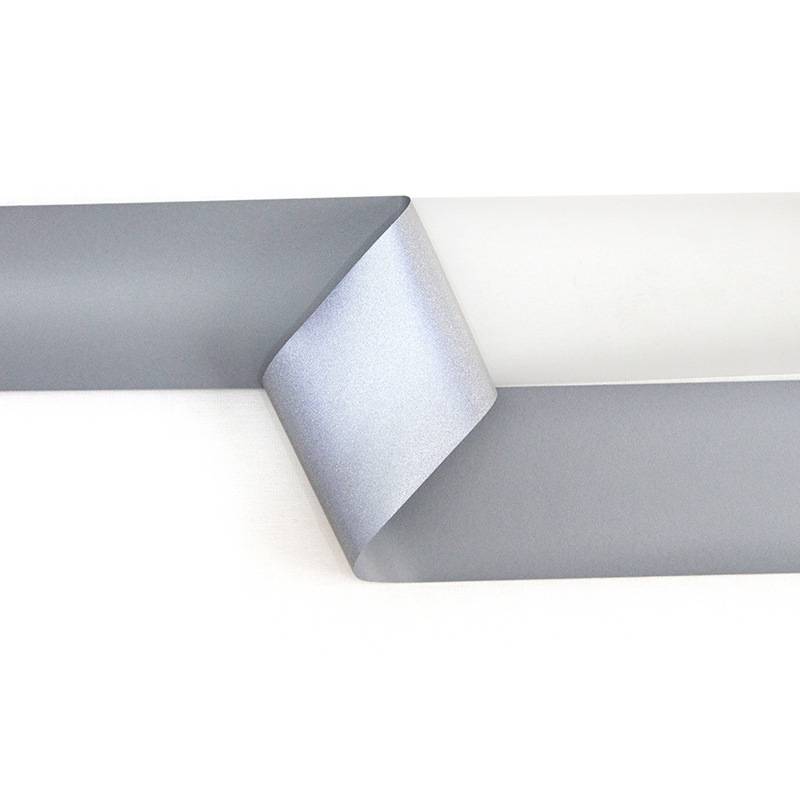
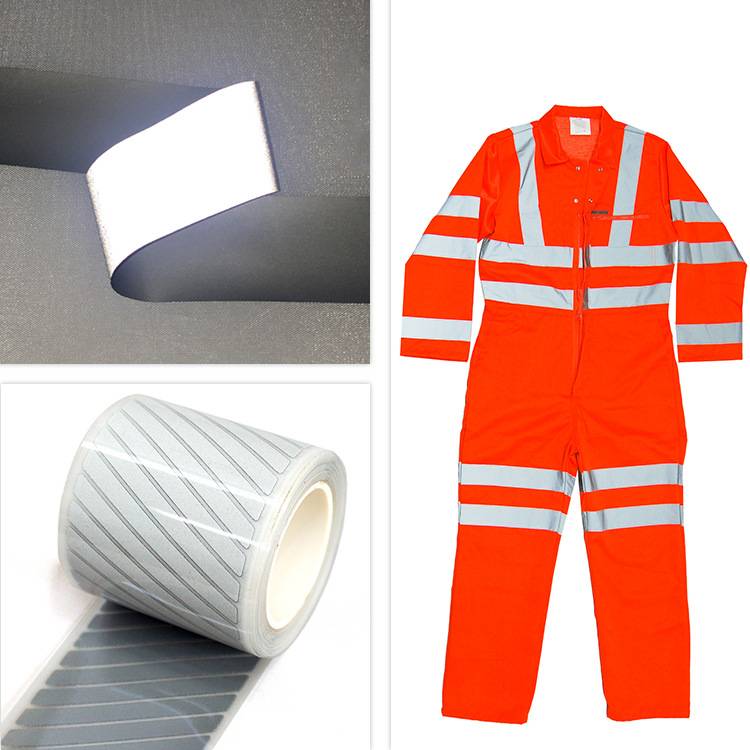
Related Product Guide:
We usually perform being a tangible workforce making sure that we will give you the most beneficial excellent plus the finest selling price for OEM Customized Custom Reflective Vinyl Stickers - The Iron-On (Heat Transfer | Hot Press) Silver/Grey Color Home Wash Retro-Reflective Tape – XINLIYUAN , The product will supply to all over the world, such as: Salt Lake City, Serbia, Ireland, So far our merchandise have been exported to east Europe, the Middle East, Southeast, Africa and South America etc. We have now 13years experienced sales and purchase in Isuzu parts at home and abroad and the ownership of the modernized electronic Isuzu parts checking systems. We honor our core principal of Honesty in business, priority in service and will do our best to provide our customers with high quality items and excellent service.
This is a very professional wholesaler, we always come to their company for procurement, good quality and cheap.

